At Photo Plus Expo in New York City, Leica introduced the new Elmarit-S 30mm f/2.8 ASPH wide angle lens for the S2. I received a lot of questions as to why Leica would come out with a lens so similar in focal length to the existing and already quite amazing Summarit-S 35mm f/2.5 ASPH. For the Leica S2 Pro Format, a 30mm is equivalent to a 24mm FOV (field of view) on the 135 format. This actually compliments the 35mm Summarit-S quite nicely, which has an equivalent FOV of 28mm. For decades, 24mm and 28mm have been important and distinct wide-angle focal lengths in the Leica stable of lenses. And, when the 24mm f/3.5 lens is released next year, the S-System will have an incredible wide-angle line-up of 19, 24 and 28 equivalent focal lengths.
With this new S lens, Leica had an opportunity to build upon the basic optical design of the 35 and make the changes necessary to widen the angle of view without sacrificing optical quality. This certainly isn’t the first time that Leica optical designers have modified existing designs to other focal lengths. In the M system, this is now the norm. Examples of this can be found in the 18 and 24 Elmar, 50 Lux and 75 APO, 21 and 24 Lux. In order to maintain the same 82mm front diameter, a 1/2 stop slower maximum aperture of f/2.8 was employed.
I had the opportunity to do some quick and dirty test shots with the new Elmarit-S 30mm f/2.8 ASPH lens at Leica’s demo studio. My first casual hand-held shots inside the studio showed that the 30mm was right in line with the other four S lenses quality-wise, which is what I’d expect. So, instead of trying to do extensive testing of the lens itself when time was limited, I decided that it might be interesting to put the 30mm and 35mm head-to-head. This would demonstrate the differences as well as the similarities between these wide-angle brethren.
Handling of the lenses is, for all practical purposes, identical. Their weight, size and balance are pretty much indistinguishable. They even share the exact same lens shade. Looking through the viewfinder, though, it’s clear which is the wider lens.
I ventured out onto the small balcony of the 10th floor studio to get some shots of the city. Unfortunately, I couldn’t get a straight-on skyline shot, as the balcony was only on one side of the building – the one with a large building right next-door. So, I used the lovely chain link fence on the balcony’s edge to show variation in perspective and also test the difference in depth of field. I did my best to figure out the hyperfocal distance on the new lens by bracketing my focus from infinity to 1m and selecting the image with the most foreground DOF while retaining crisp details at infinity. And, even though I am familiar with getting the most usable DOF out of the 35, I used the same method in order to have an optimal result for comparison. Both were shot at f/13, which I’ve found to offer the sweet spot for maximizing DOF without losing sharpness to diffraction.
For the second image, I wanted to show detail from different sections of the image without worrying about carrying DOF. The other end of the balcony offered a view of the Hudson River with a lot of details. Unfortunately, I couldn’t avoid that pesky (and ugly) brown pyramidal building next-door from showing up in the lower right hand corner of the images.
Again, the additional coverage of the 30mm shows a larger field of view. Here, I’ve provided a few 100% crops. Crop 1 shows the very lower left corner, Crop 2 shows center left and Crop 3 shows the bottom edge. Both lenses show excellent detail and sharpness across the entire frame.
From what I’ve seen so far, the 30mm doesn’t disappoint. Leica has delivered a one-two punch for the two most commonly used wide angle focal lengths, both stellar lenses in their own rights. When the 24mm starts shipping next year, Leica should have the undisputed best wide-angle lens lineup for medium format. With low distortion, sharpness from center to edge and extremely fast apertures, these lenses push the limits of optical design and demonstrate that Leica knows a thing or two about making great lenses.
The 30mm is now available for pre-order from Dale Photo & Digital at a cost of $7,495. The lens should start shipping by the end of 2011.
Feel free to add to the existing discussion thread in the Forum section, here.

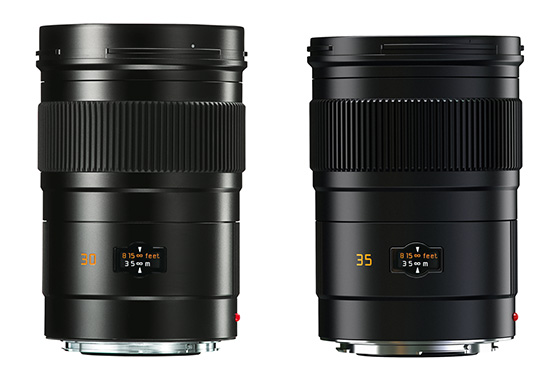
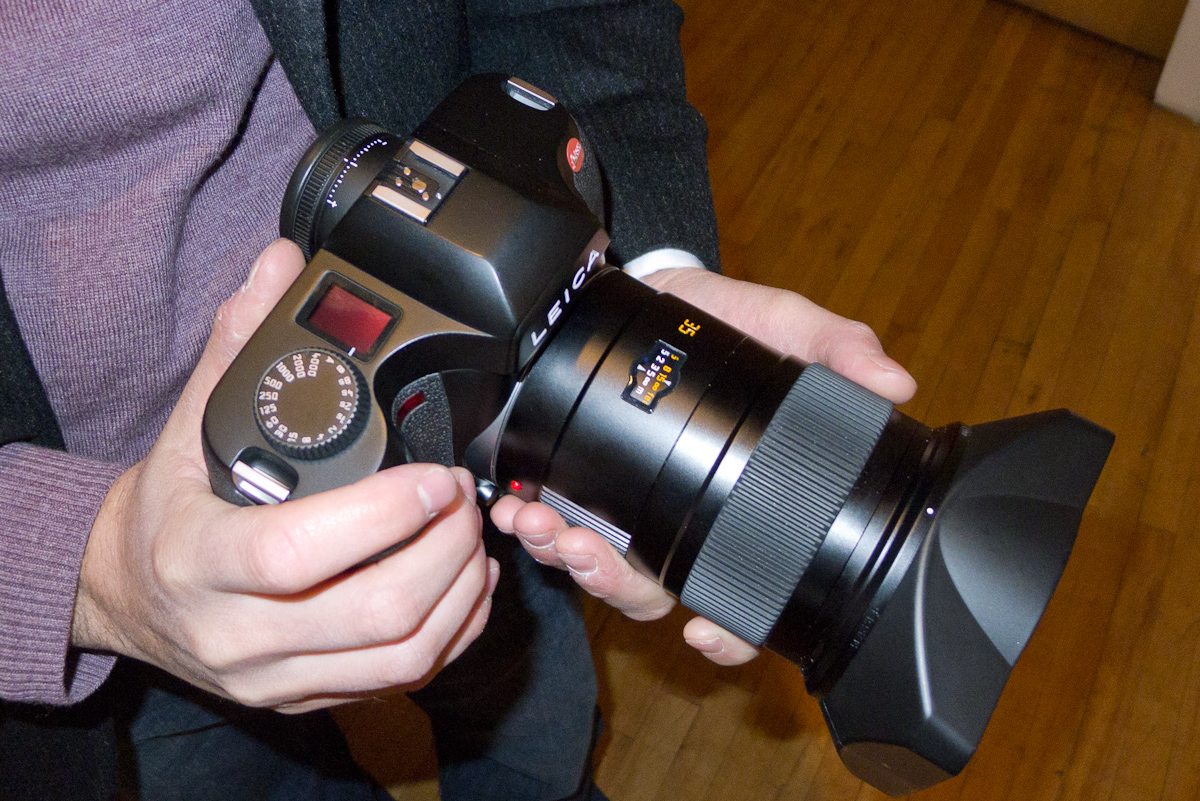
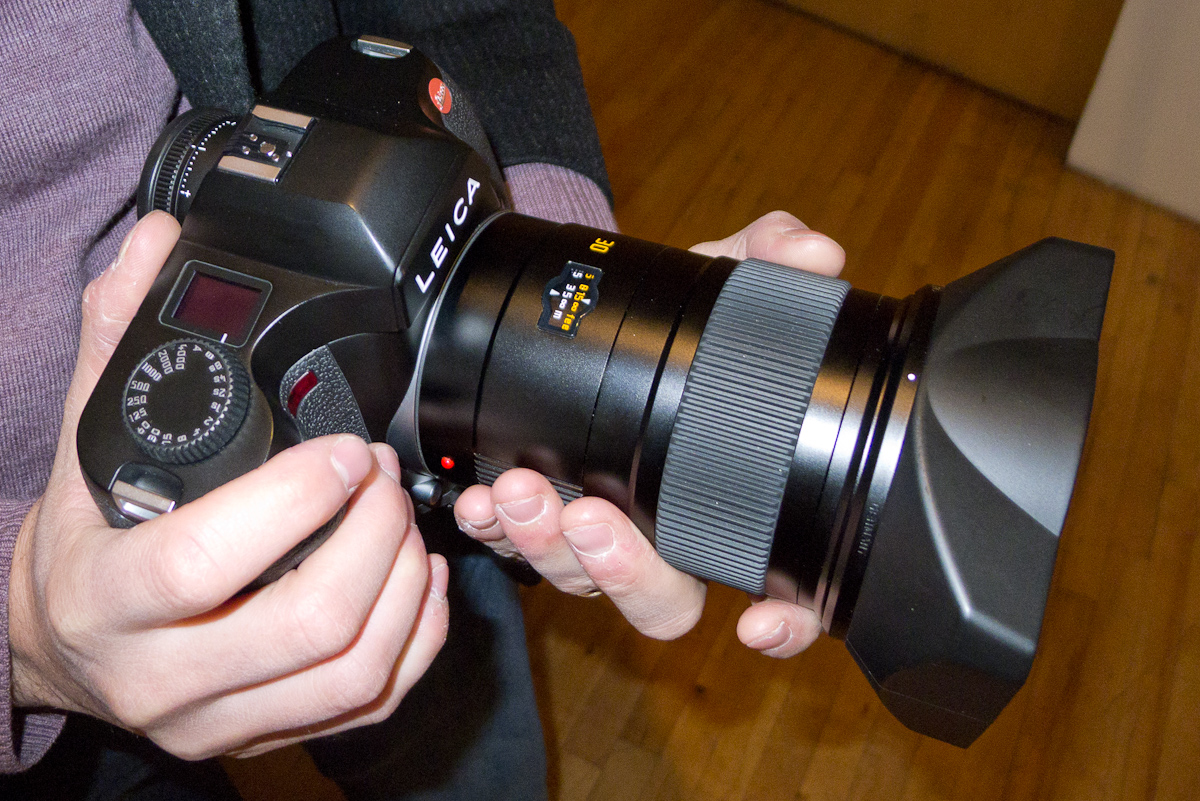
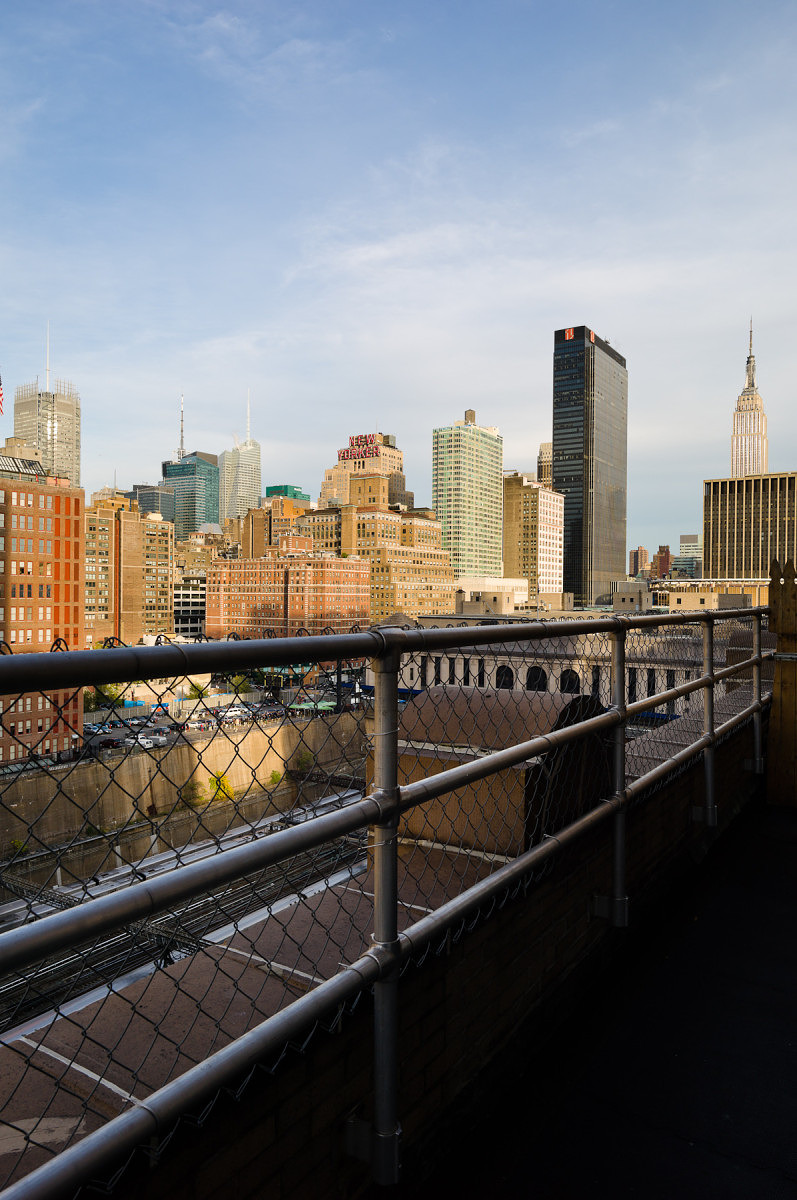
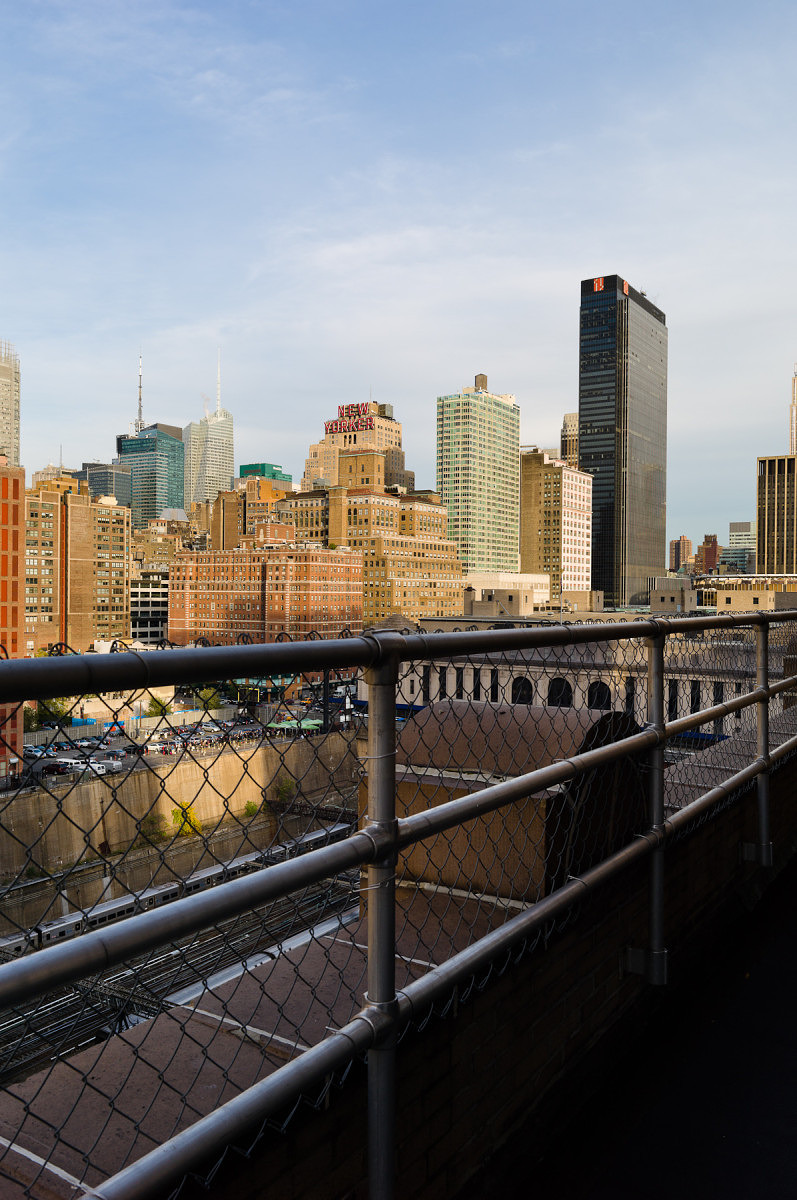
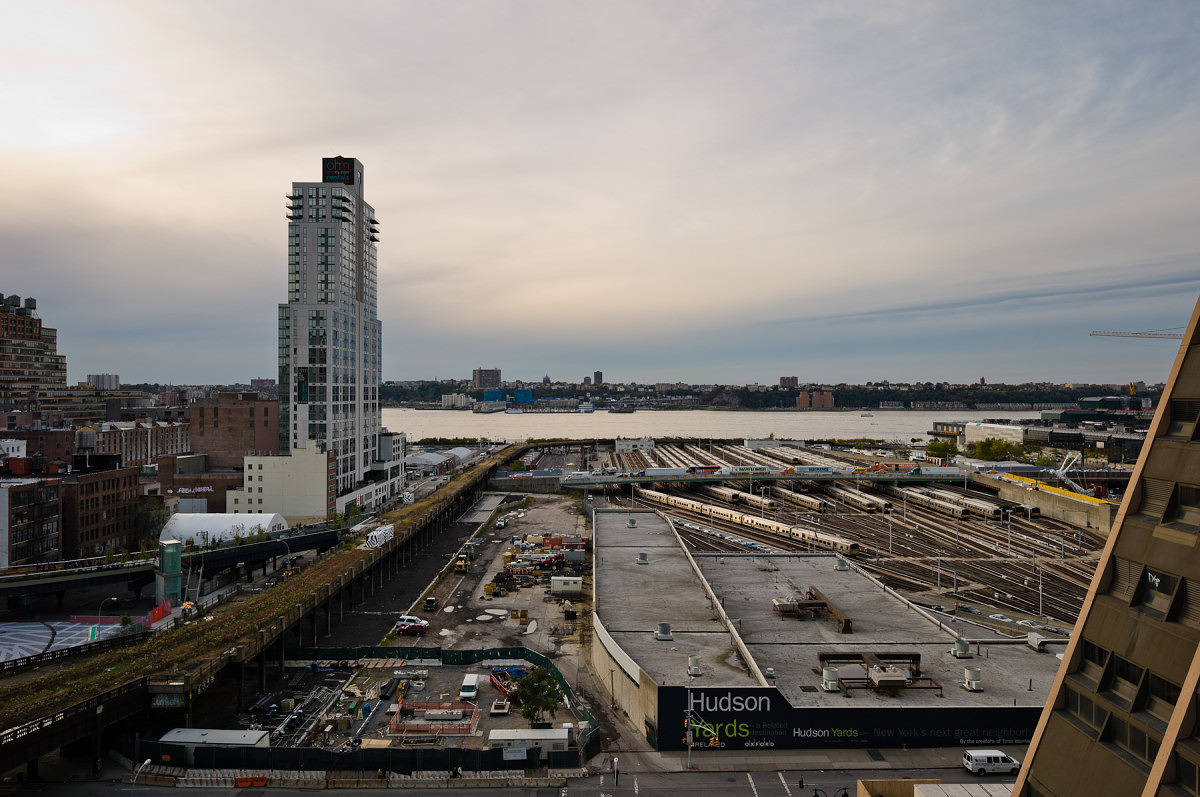
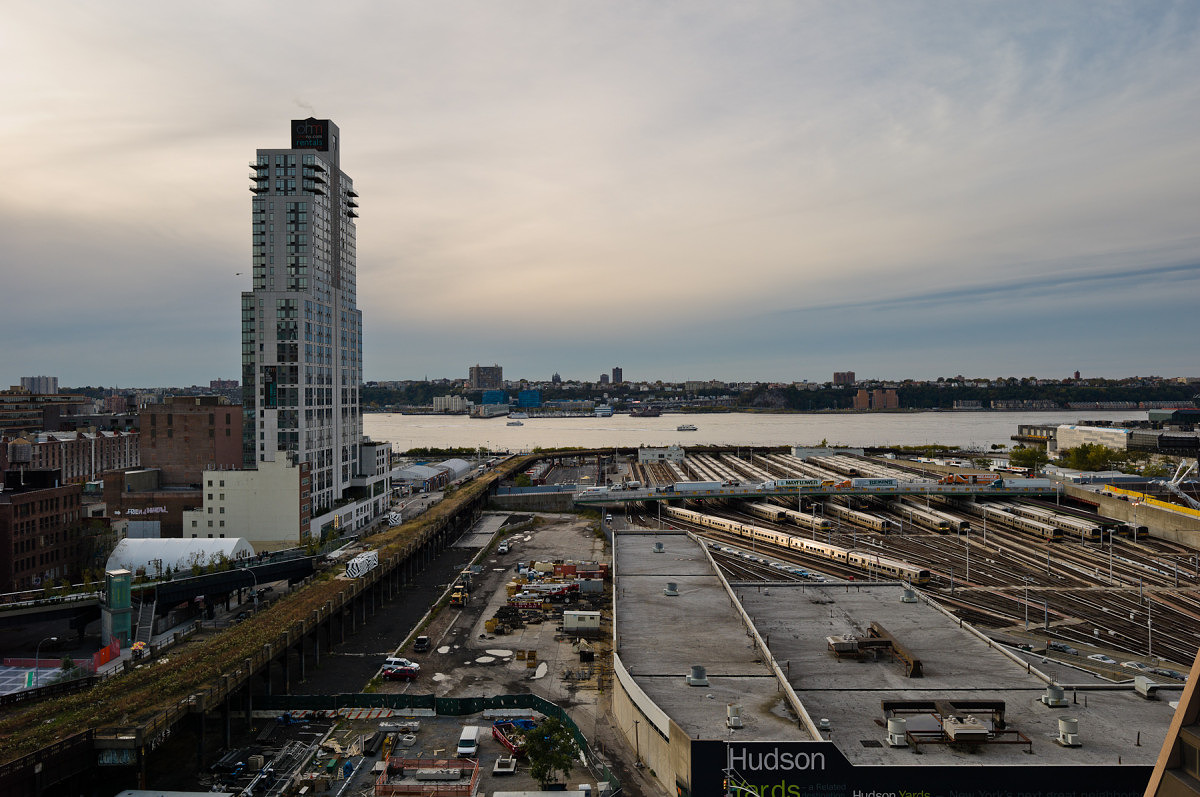
Thanks a lot David. Even if your test was “only” quick & dirty it is showing the greater FOV and the excellence of the lens. And it is showing that the High Line isn’t finised yet. 😉
David-
Excellent demonstration. They are really building up an amazing line of lenses.
Any news on the 30-90mm zoomlens?
Albert
The 30mm FOV is particularly attractive here. The 30-90mm zoom would indeed be nice.